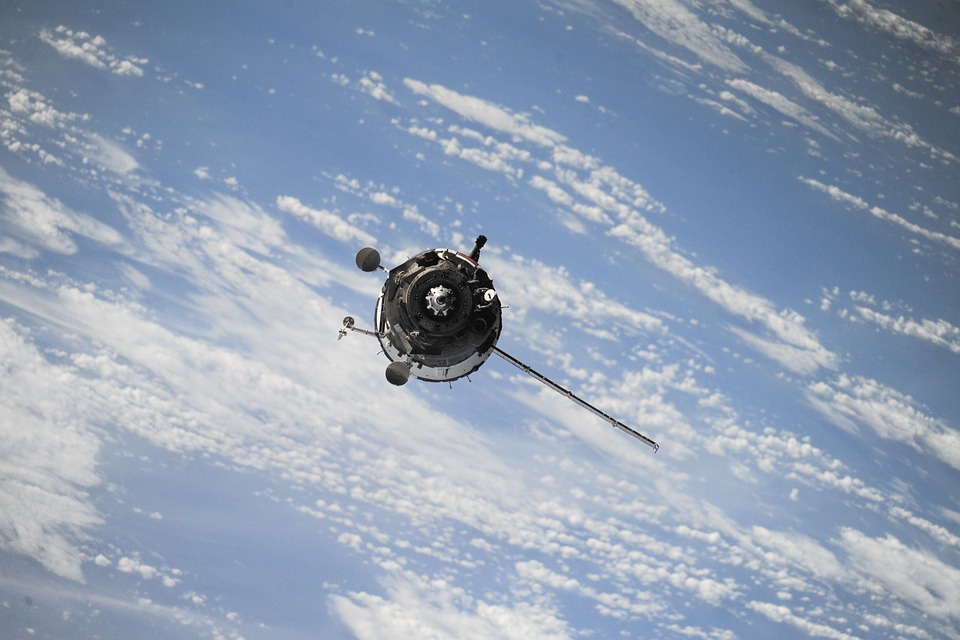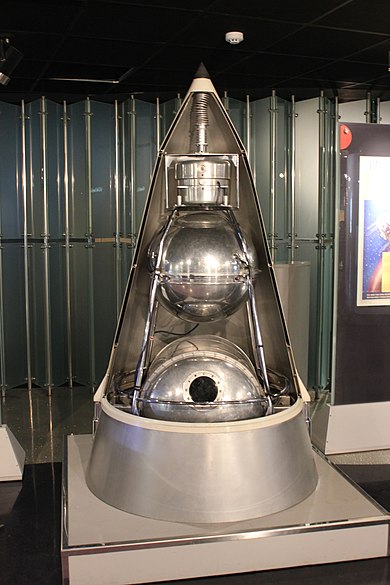Satellites are objects that orbit around a planet, a star, or any other celestial body. They may be natural or man-made. There are two different types of satellites: the natural satellite, like the moon, which orbits the Earth, and the planets in the solar system that orbit around the sun. The second type of satellite is what you call an artificial satellite or a man-made satellite. These satellites are machines invented by scientists that are maneuvered into going to space and take pictures of the Earth, which helps track different weather conditions and track the storms coming in different regions of this planet. They also help capture a better view of various celestial bodies like the sun, stars, other planets, and the different galaxies, which helps the scientists learn more about these astronomical objects. Artificial satellites also help in communication on the Earth.
WHY WERE SATELLITES INVENTED?
Many years ago, Isaac Newton may have thought of launching satellites in outer space, but almost everybody knew that it would be quite impossible during their time to launch one in space. Arthur C. Clarke, a science fiction writer, was one of the early visionaries of launching satellites in outer space. He proposed that satellites may be put into orbit just like the Earth so that both of them can move in the same direction and with the same speed. He said that this proposal of what they call a geostationary satellite could be of help to communications.
A BRIEF HISTORY OF SATELLITES
1957
A lot of scientists were not supportive of Clarke’s idea of satellites. But on October 4, 1957, Sputnik 1, the first man-made satellite, was launched by the Soviet Union. It was the world’s first artificial satellite that was able to orbit around the Earth. This satellite was just like the size of a beach ball. The westerners were really shocked upon knowing that the Soviets were the first ones who launched the first man-made satellite into space since they thought the Soviets could not send artificial satellites into space.
After Sputnik 1, on November 3, 1957, the Soviets decided to launch another Satellite even more massive than Sputnik 1, the Sputnik 1, which carried Laika, the first dog space. Sputnik 2 was the first-ever biological spacecraft that was launched into space.
1958
On January 31, 1958, the United States of America launched its first satellite into space called Explorer 1. This satellite weighs 13 kg, only 2 percent of the weight of Sputnik 2. However, Explorer 1 was the first satellite that detected the Van Allen Belt.
On March 17, 1958, Vanguard 1, an American satellite, became the fourth satellite launched into space. It was a three-stage satellite that was launched to test three-stage vehicles’ capabilities if they were to be launched into space. It is believed that Vanguard 1 is still orbiting in space and is the oldest man-made object up there.
On December 18, 1958, the world’s first communication satellite, Score, was launched. It performed a communication relay in space, relaying back here on Earth a Christmas message recorded by the President.
1960
Tiros was launched into space on April 1, 1960. It was a television infrared observation satellite, NASA’s first experimental step to know if these satellites could know more about the Earth.
August 12, 1960, was the time when Echo 1 was launched into space. It was for radio communications. Microwave signals were bounced into Earth with the help of Echo 1 that acted as the passive reflector. Communication signals were reflected from different points of the Earth.
1964
On August 19, 1964, the First Geostationary satellite named Syncom 3 was launched into space. It provided a 1964 Olympic Games live television coverage. Syncom 3 also made several communication tests.
1966
The ATS-1, an Applications Technology Satellite, was launched on December 7, 1966. It relayed weather images and data about weather conditions to ground stations on Earth. ATS-1 also transmitted some video feeds regarding the weather that can be used for television broadcasting.
1971
Ariel 4, a British Ionospheric Research Satellite, was launched into space on December 11, 1971. Although this satellite was small in size, it helped investigate the interactions of EM waves, plasmas, and energetic particles located in the upper ionosphere.
Many other countries sent out different artificial satellites into space that could have various benefits for society. Weather satellites, Telecommunication satellites, and many other satellites that could improve our knowledge and life here on Earth were sent into space. Until now, satellites are being maneuvered into space, knowing that we can benefit a lot from them.



